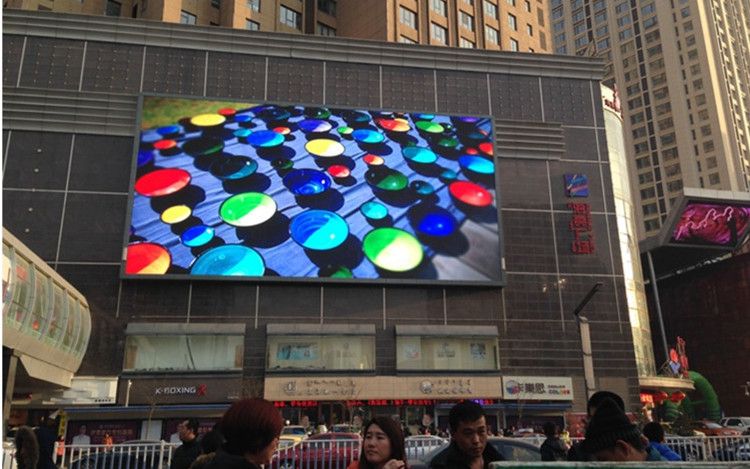industrial news
Details of quality acceptance criteria for outdoor LED display
Now in the domestic display market, the LED display screen is our common large screen. As a display screen with future development prospects, since 2010, in a few short years, many functions of the LED screen have shown a strong upgrade. Now, whether outdoors or indoors, the LED display screen has been recognized by the masses. For the production of LED electronic display screen, as a user, how to make a qualified acceptance standard for the display screen?
We take outdoor LED display as an example. For the acceptance of outdoor LED display, we will generally proceed from the following aspects: color reduction, color block color difference, mosaic phenomenon, brightness and perspective, white balance effect, color contrast, waterproof sun exposure effect of the screen.
First, the reducibility of color, the reducibility of color mostly refers to the reducibility effect of the display screen on color. The color displayed on the display screen should not only keep a high degree of consistency with the color of the playback source, but also ensure the realistic existence of the image.
2. With or without color block, color block refers to the obvious color difference between adjacent modules. The color transition is based on the module. The phenomenon of color block is mainly caused by poor control system, low gray level and low scanning frequency.
Third, the surface smoothness of the flat LED display should be within 1 mm, so as to better ensure that the display image does not distort, because the local bulge or concave will lead to the dead angle of the visual angle of the display screen. The quality of flatness is determined by the production process.
4. Mosaic and dead-point phenomena refer to small square blocks which are often bright or dark on mosaic indicator screen. The necrosis of modules is mainly due to the poor quality of connectors used in the display screen. Dead point refers to a single point on an LED display that is often bright or dark. The number of dead points is mainly determined by the quality of the tube core.
5. Brightness and visual angle of indoor full-color screen should be more than 900 cd/m2, and outdoor full-color screen should be more than 1600 cd/m2, in order to ensure the normal operation of the display screen, otherwise the display image will be blurred because of the low brightness.

